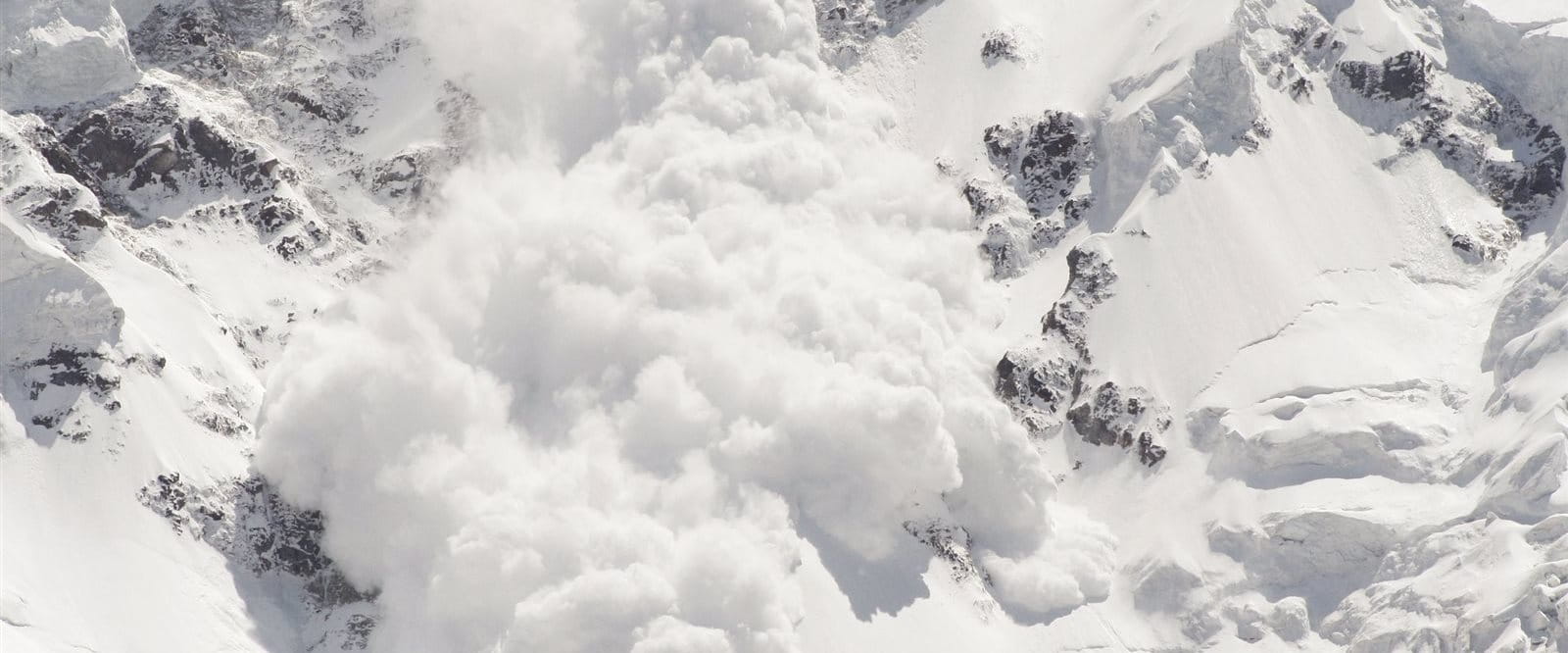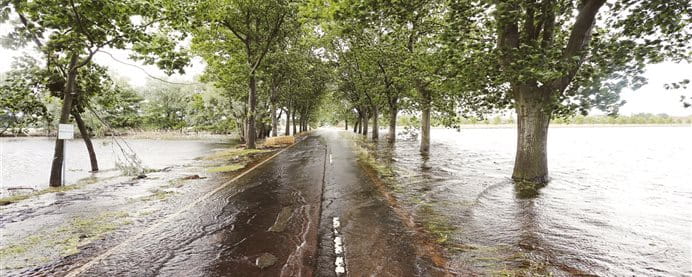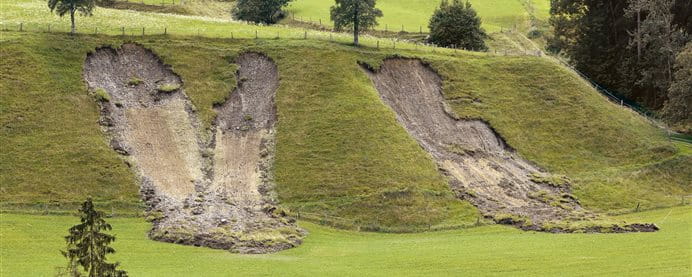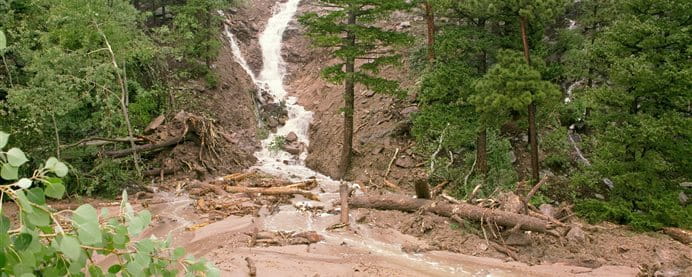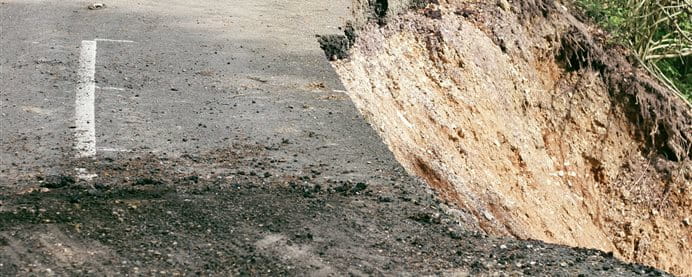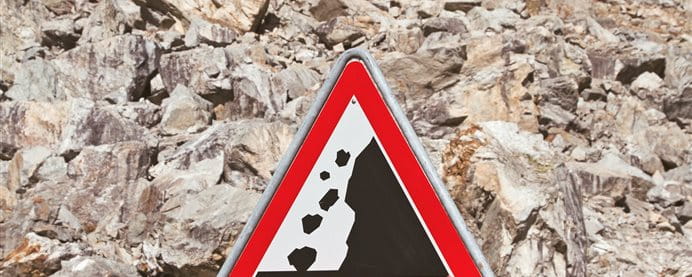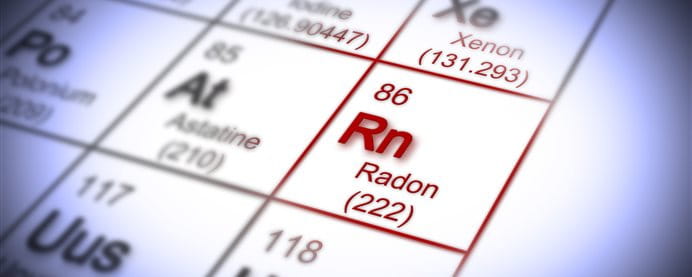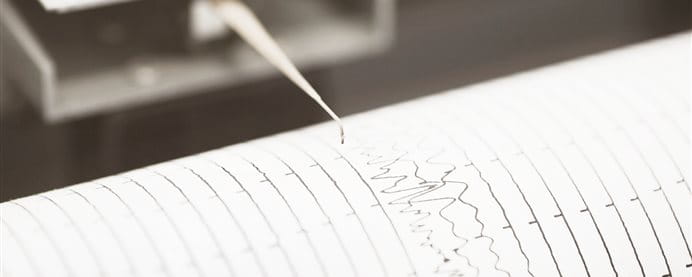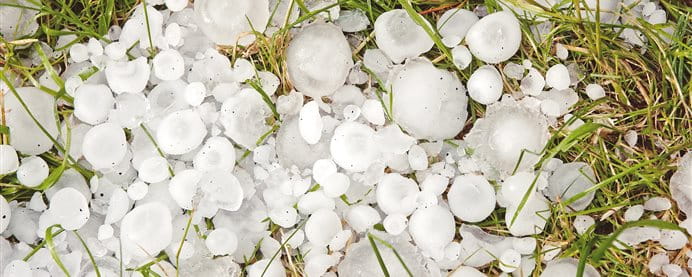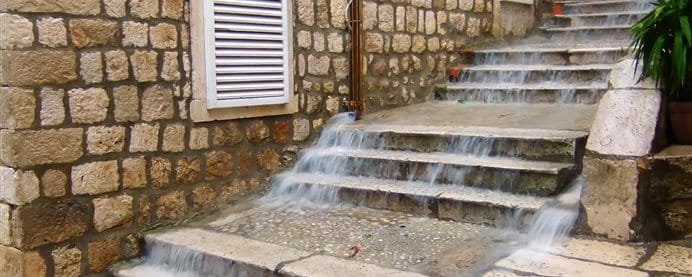The steeper the slope, the bigger the danger of avalanches. The time of day and year, the exposure of the slope, and the structure of the snow pack are all factors that influence the triggering of an avalanche.
After the spate of avalanches in the winter of 1951 at the latest, it became clear that better protection was needed for individual buildings and even entire villages. Hazard plans are therefore mandatory today in Swiss spatial planning. These plans show where construction is not permitted at all or only under certain conditions. Slopes where avalanches glide down and where buildings or streets can be endangered are secured with avalanche barriers to prevent avalanches from sliding down the hill. They cost one million Swiss francs per hectare. In addition, dams, galleries and tunnels are built and protective forests are planted, maintained and enlarged. In the case of acute avalanche danger, the authorities close roads and evacuate homes.
The biggest avalanche danger is found on slopes with an inclination between 30 and 60 degrees. New snow can slide off steeper slopes, so fewer huge snow packs can build up on them. Loose snow avalanches occur especially when snow layers are poorly bonded or when snow drifts break loose. At high falling speeds, dry snow can become a dry avalanche that thunders down into the valley at up to 300 km/h. Wet snow avalanches occur where there is a thaw, while snow is melting or if a slope is warmed up considerably by the sun. The crucial factors are the time of day and year and the aspect of the slope.
An avalanche can be triggered by human beings or spontaneously, i.e., by themselves. For prevention, avalanches are often triggered artificially on dangerous slopes or the snowpack is prevented from sliding down by snow bridges, 3 to 5 meter high structures made of steel. The most impressive example is the largest connected avalanche barrier in Switzerland that protects the Alpine village of Prättigau in the canton of Graubünden.
